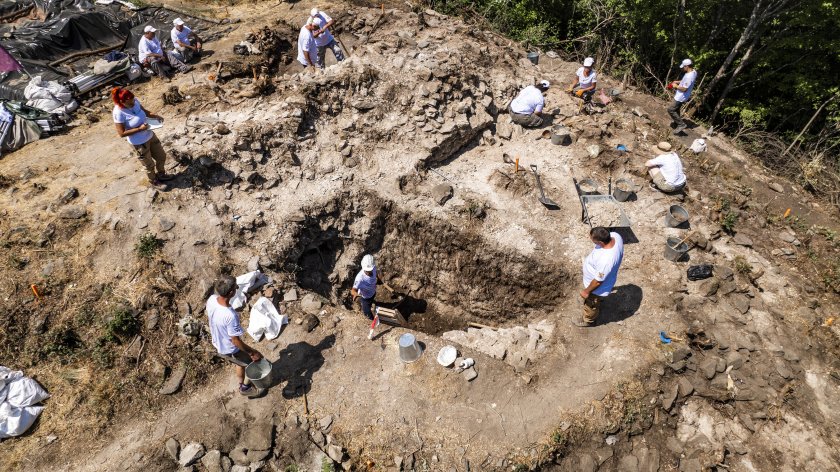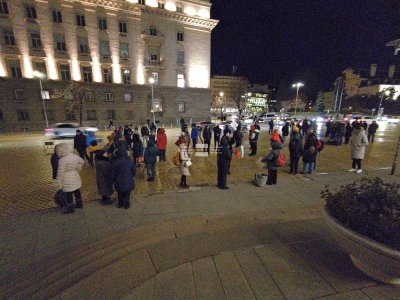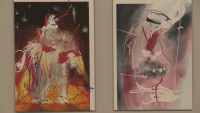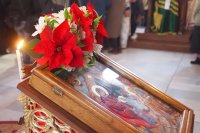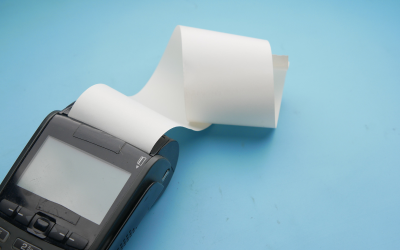An exceptional archaeological discovery has been made at the Kokalanski Urvich fortress near Sofia: a triangular stone tower, dated to the late 2nd century, according to the National History Museum.
The find was made by young archaeologists Dr Filip Petrunov and Violina Kiryakova during the final days of excavations, which were funded by Sofia Municipality under the “Culture” programme.
The discovery was made at a depth of 1.7 metres, where the archaeologists encountered massive stone structures with an unusual triangular layout. Scholars believe the construction is contemporaneous with the development of Serdica, the Roman predecessor of modern-day Sofia. It is the earliest structure uncovered so far at the Urvich site and marks the beginning of its strategic role as early as Antiquity.
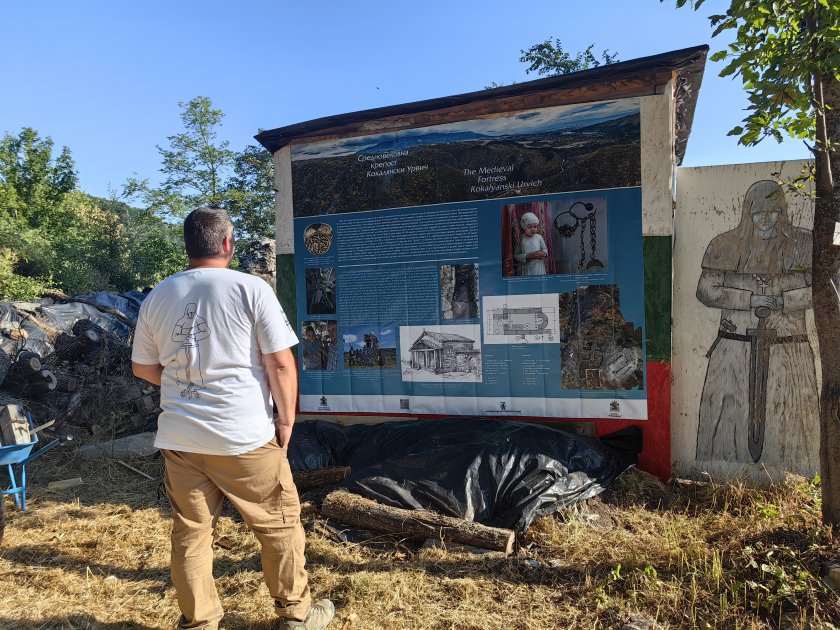
This conclusion is supported by the discovery of the oldest coins found at the site to date, which date back to the reign of Roman Emperor Caracalla (211–217 AD). Of particular interest is the evidence that the structure was modified and reinforced in later periods—archaeologists identified traces of rebuilding and fortification work.
A noteworthy find is a Byzantine coin of Emperor Isaac II Angelos (1185–1195 AD), suggesting reconstruction in the late 12th century, as noted by the National History Museum. This points to the continued strategic importance of the triangular tower for more than a millennium.
Alongside the archaeological work, new informational signage has been installed at the site to help visitors navigate and learn more about the most significant discoveries. The initiative is part of the National History Museum’s project "The House of the Double-Headed Eagle", dedicated to the social integration of the fortress and the promotion of Bulgaria’s cultural and historical heritage.








 Чуй новините
Чуй новините Подкаст
Подкаст